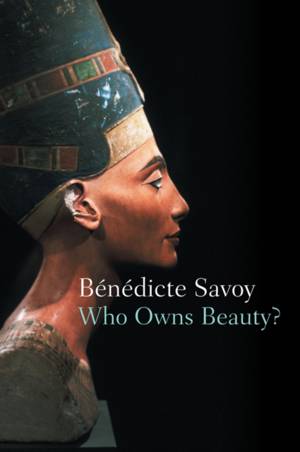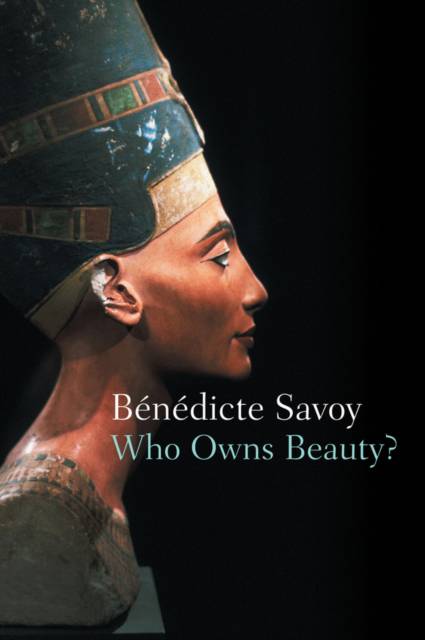
- Afhalen na 1 uur in een winkel met voorraad
- In januari gratis thuislevering in België
- Ruim aanbod met 7 miljoen producten
- Afhalen na 1 uur in een winkel met voorraad
- In januari gratis thuislevering in België
- Ruim aanbod met 7 miljoen producten
Omschrijving
We can begin to answer these questions, argues Bénédicte Savoy, by examining how these objects actually came to be with us and what their journeys reveal about our history and its violence and asymmetries, both symbolic and real. These objects have no doubt left their mark on the places where they arrived; they have also left wounds that are still raw in the places from which they came. The bust of Nefertiti, the Great Pergamon Altar, The Adoration of the Mystic Lamb, the 'Sistine Madonna', the Old Summer Palace bronze heads, Watteau's L'Enseigne de Gersaint, the 'Bangwa Queen', Klimt's Portrait of Adele Bloch-Bauer, the Benin bronzes: through the journeys of these iconic works, Savoy reflects on desire and domination, on rupture and restitution, and on the profound emotions evoked by beauty when it is laced with the pain of historical loss.
This timely and highly original reflection on beauty, provenance, power, and loss will be essential reading for all those concerned with the preservation and restitution of cultural objects and it will appeal to anyone interested in art, culture, and politics today.
Specificaties
Betrokkenen
- Auteur(s):
- Vertaler(s):
- Uitgeverij:
Inhoud
- Aantal bladzijden:
- 242
- Taal:
- Engels
Eigenschappen
- Productcode (EAN):
- 9781509568611
- Verschijningsdatum:
- 18/11/2025
- Uitvoering:
- Hardcover
- Formaat:
- Genaaid
- Afmetingen:
- 156 mm x 236 mm
- Gewicht:
- 417 g

Alleen bij Standaard Boekhandel
Beoordelingen
We publiceren alleen reviews die voldoen aan de voorwaarden voor reviews. Bekijk onze voorwaarden voor reviews.









